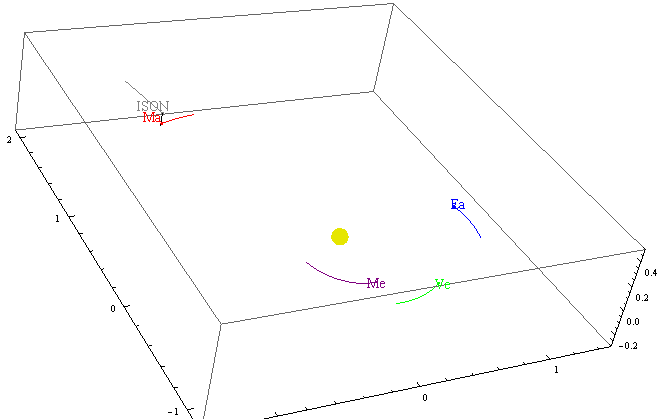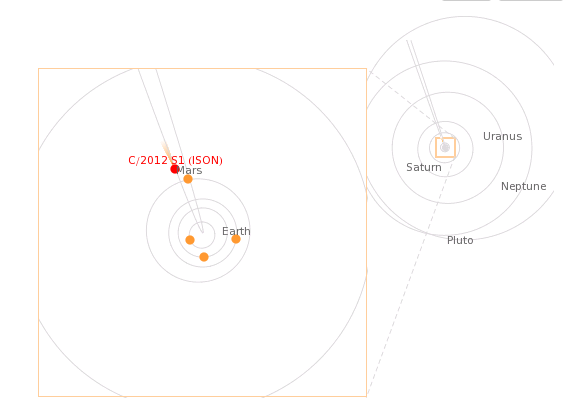If you have two planets in circular orbits with semi-major axes $a_1$ and $a_2$, and periods $T_1$ and $T_2$, then the amount of time spent in retrograde is $$T_\mathrm{retro} = T_1\left|\frac{\cos ^{-1}\left(\frac{\sqrt{r}+1}{r+\frac{1}{\sqrt{r}}}\right)}{\pi\left(1-\frac{1}{r^{3/2}}\right)}\right|$$
where $r= \frac{a_2}{a_1}$. You can apply this formula to the planets in our solar system to get approximations for their time in retrograde as seen from Earth. (These approximations are often within 10% of the correct value, but sometimes the error is larger.)
$$\begin{array}{ccc} & \text{a in AU} & T_{\text{retro}} \\ \text{Mercury} & 0.387 & 23 \text{ days} \\ \text{Venus} & 0.723 & 42 \text{ days} \\ \text{Mars} & 1.524 & 73 \text{ days} \\ \text{Jupiter} & 5.204 & 121 \text{ days} \\ \text{Saturn} & 9.54 & 138 \text{ days} \\ \text{Uranus} & 19.19 & 152 \text{ days} \\ \text{Neptune} & 30.05 & 158 \text{ days} \\ \end{array}$$
It’s interesting to note that:
- $\lim_{r\rightarrow\infty} T_\mathrm{retro}(r) = T_1/2$,
- $\lim_{r\rightarrow 1} T_\mathrm{retro}(r) = T_1\cdot \frac{\sqrt{2}}{3 \pi }$, and
- $\lim_{r\rightarrow 0} \frac{T_\mathrm{retro}(r)}{r^{3/2}T_1}=1/2$. If people are interested, I can post a derivation.
If people are interested, I can post a derivation.


